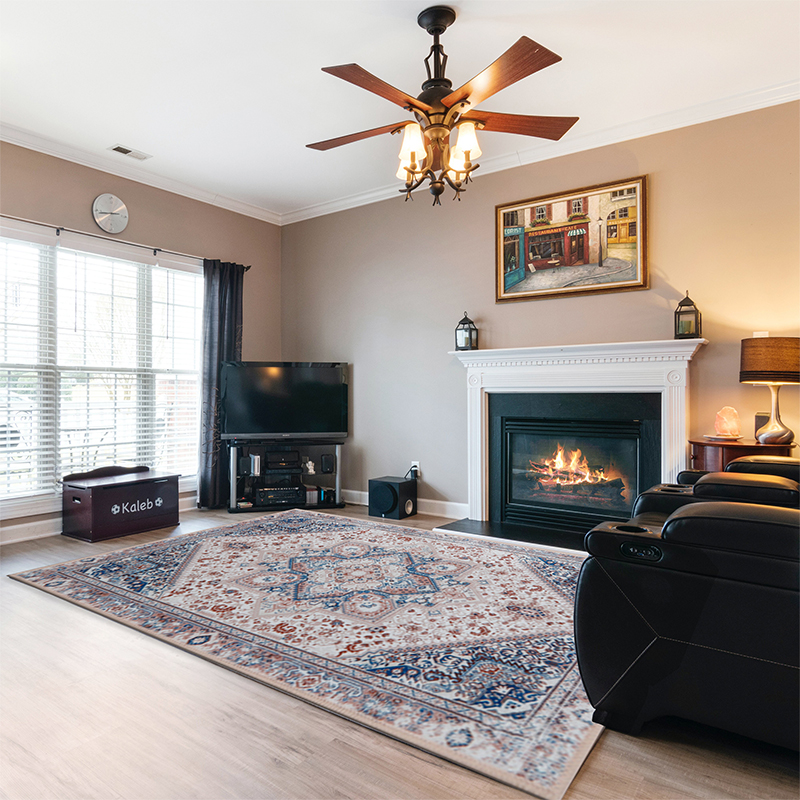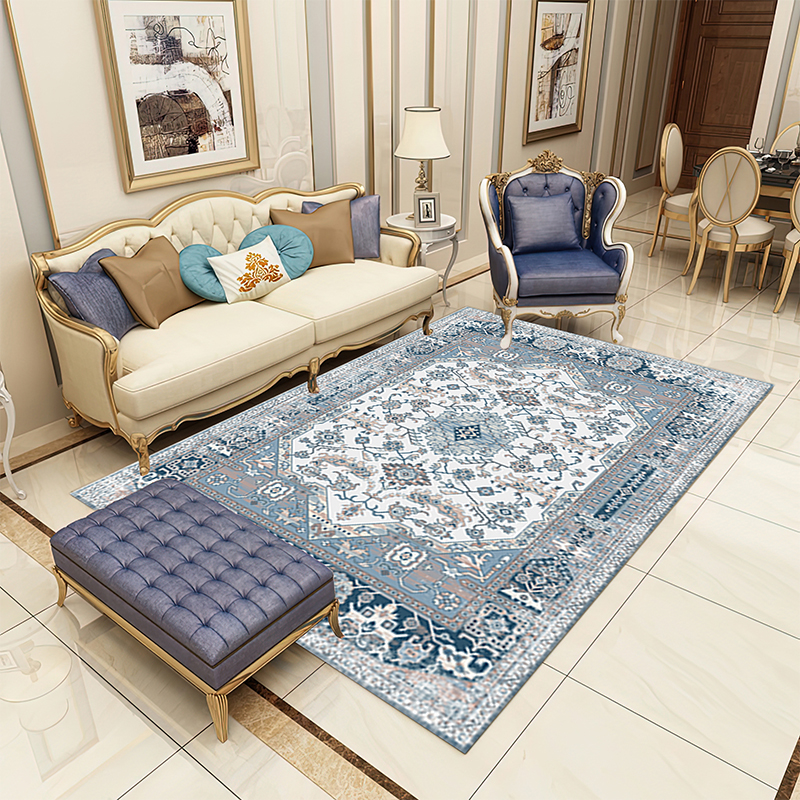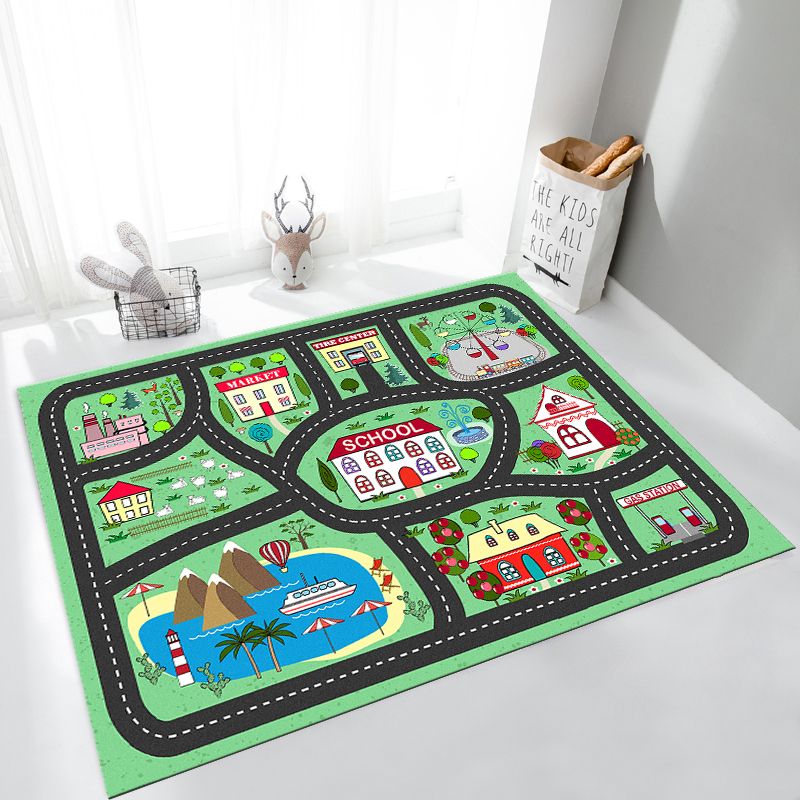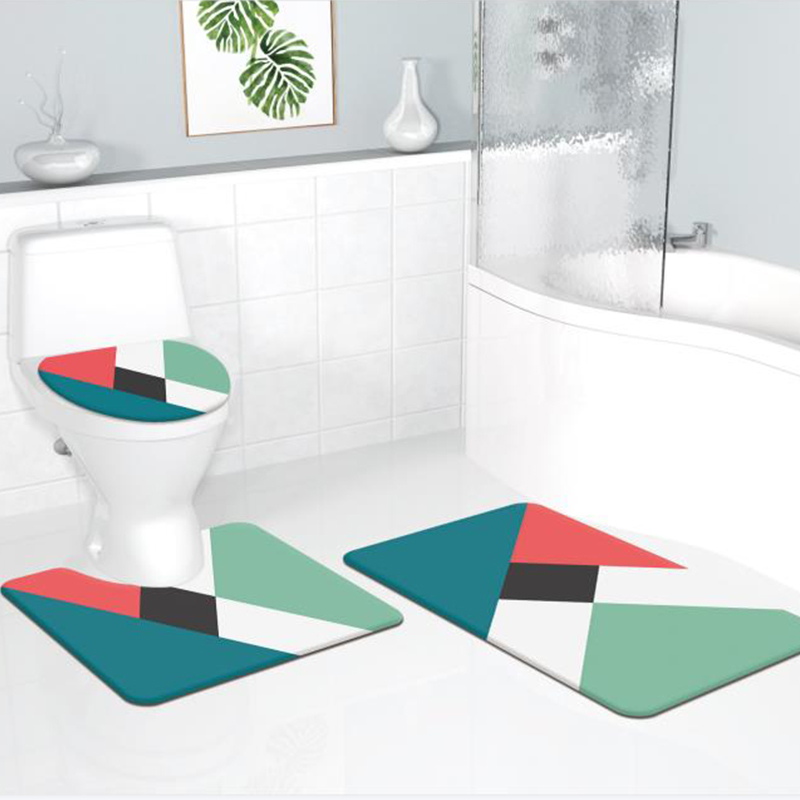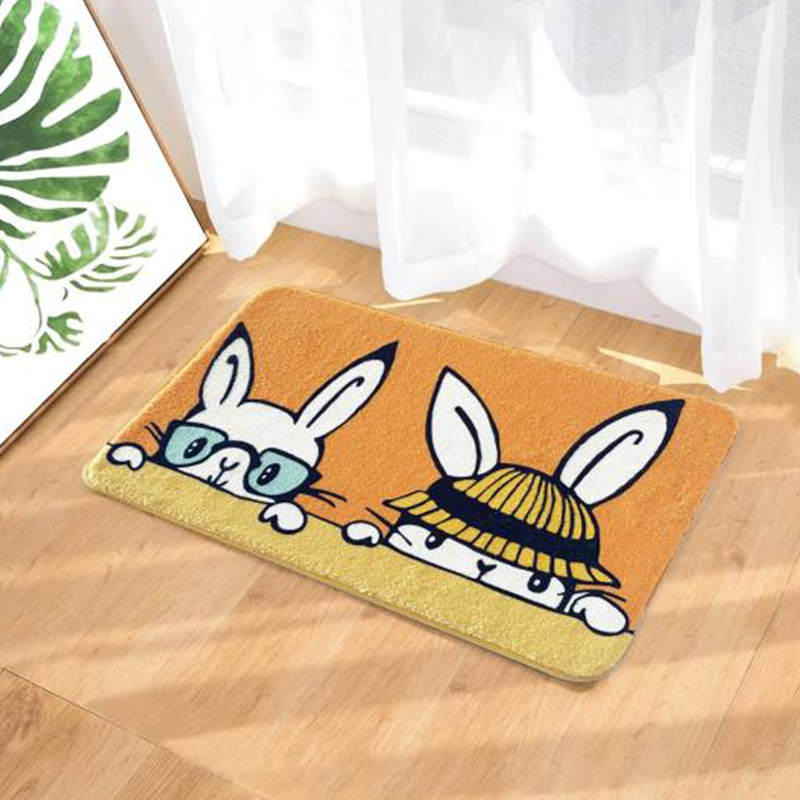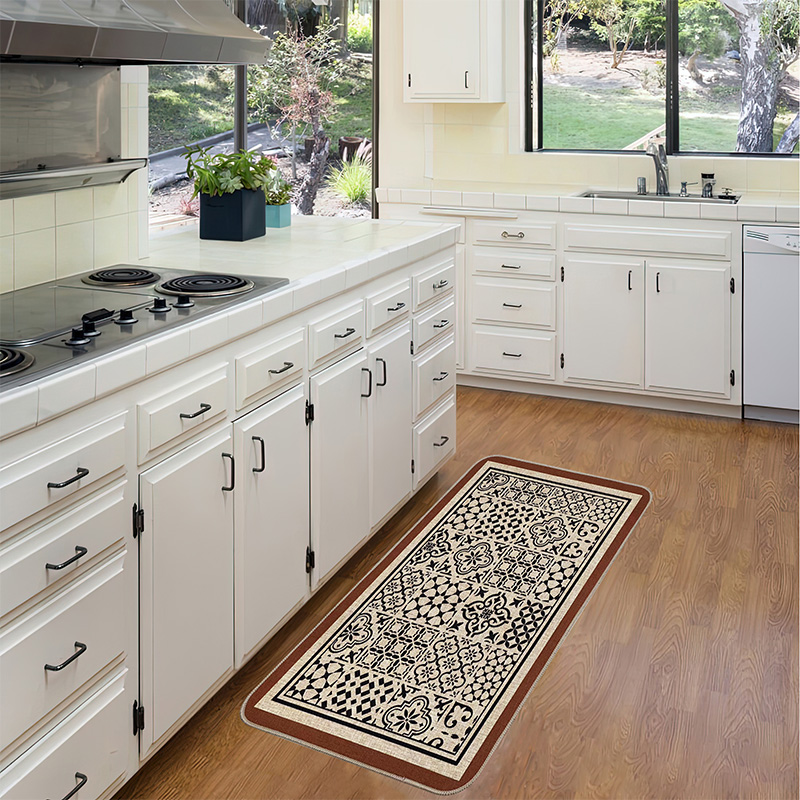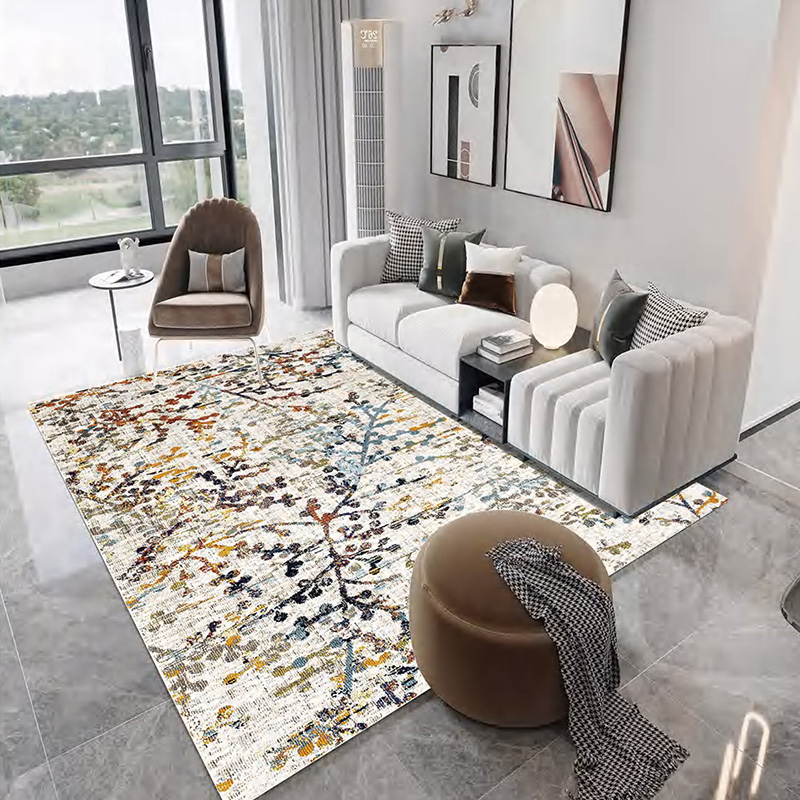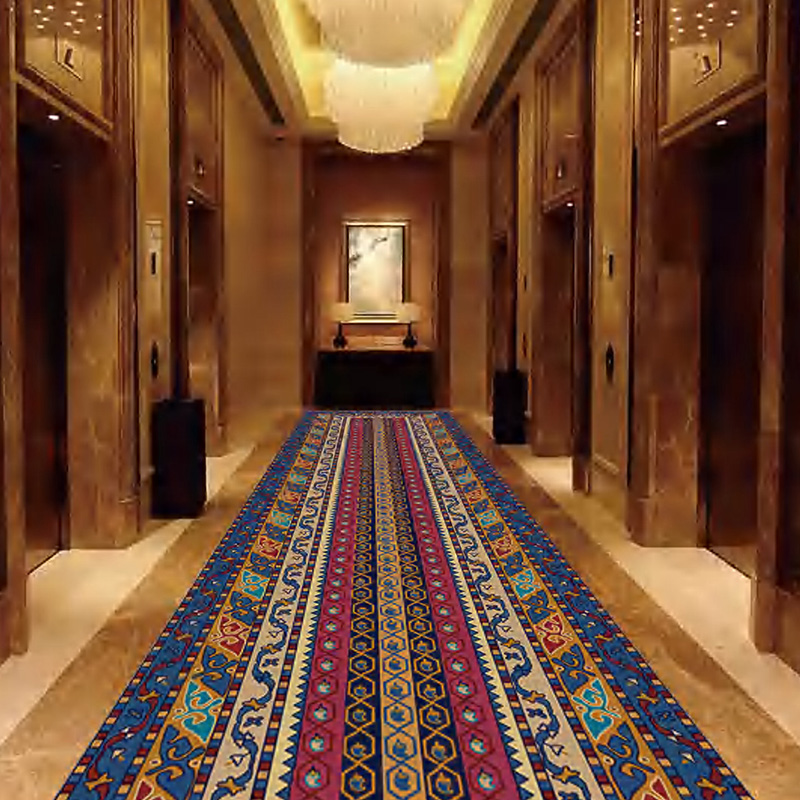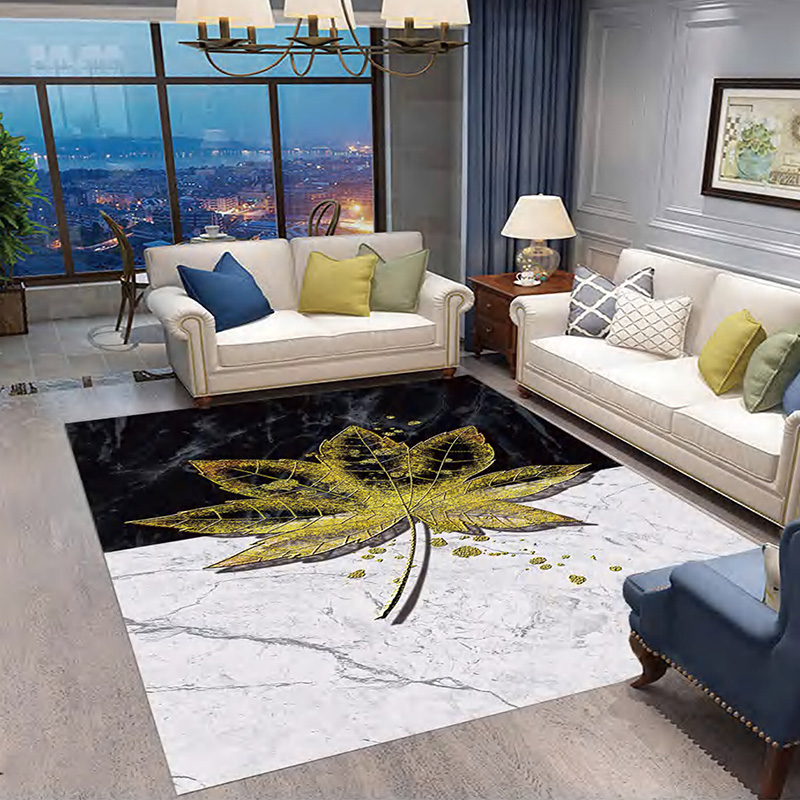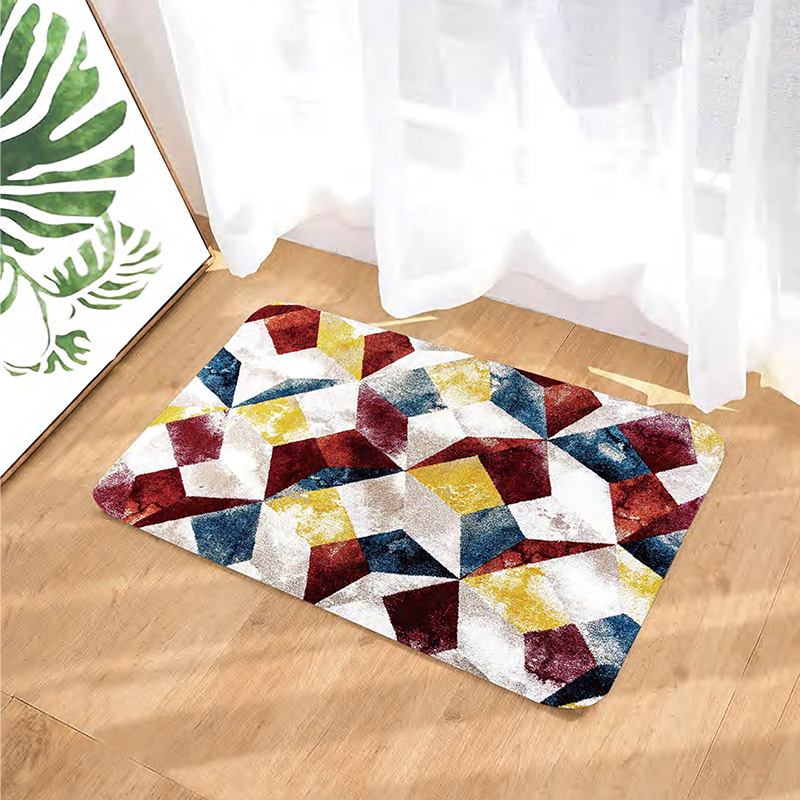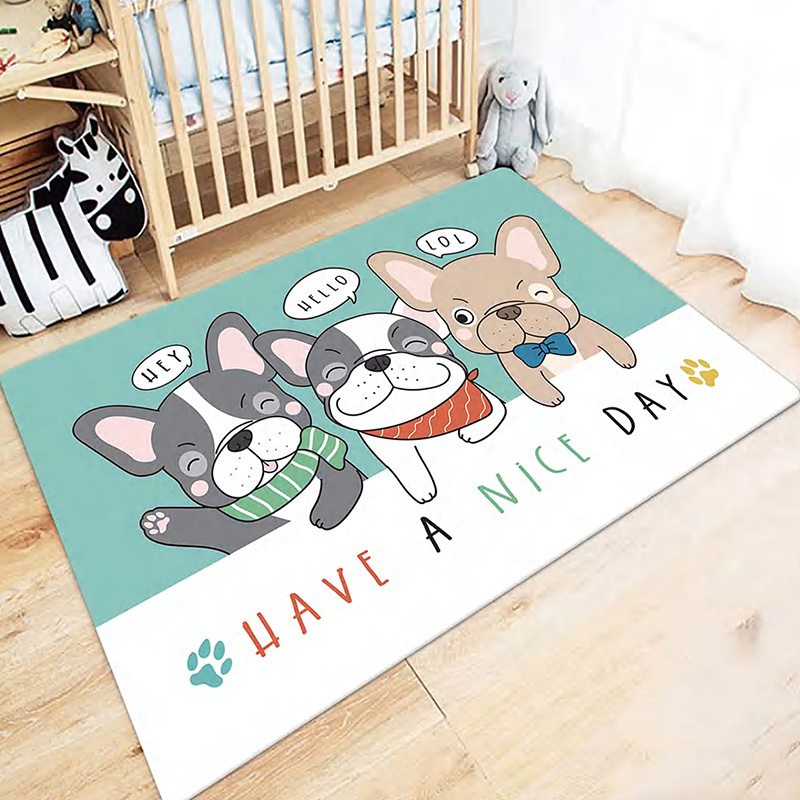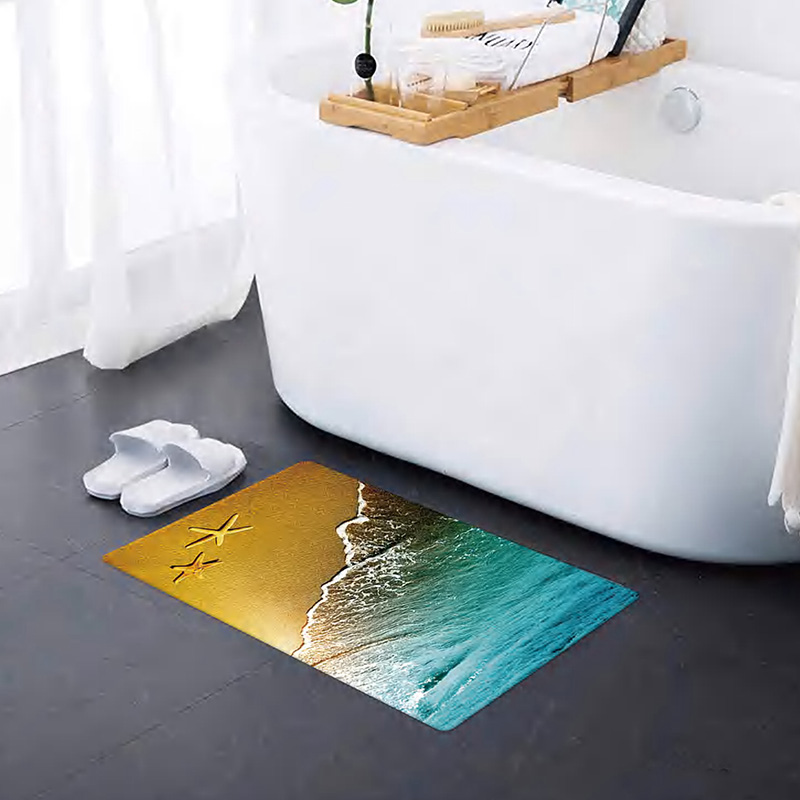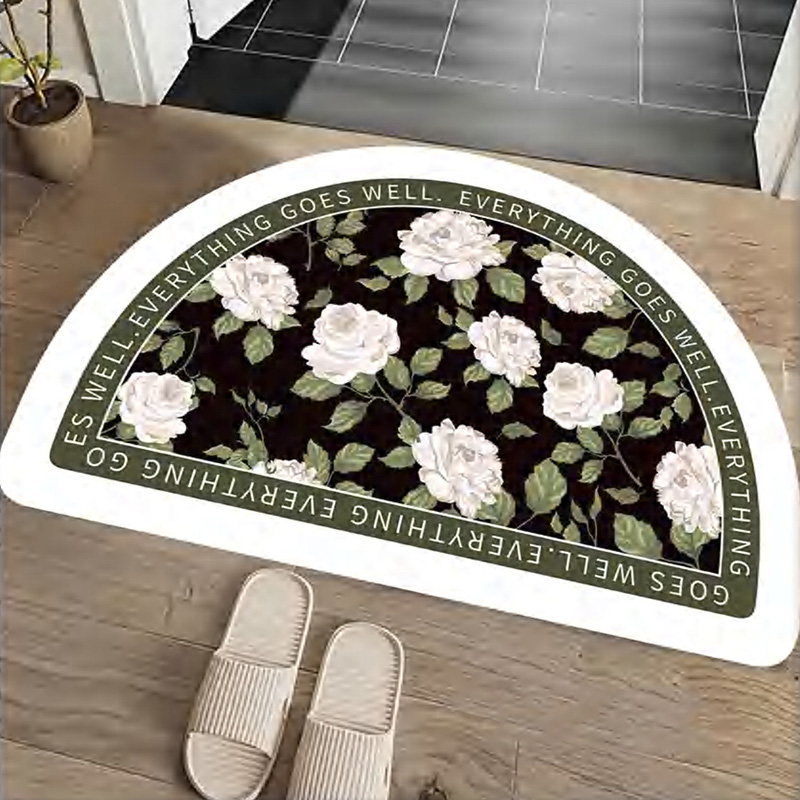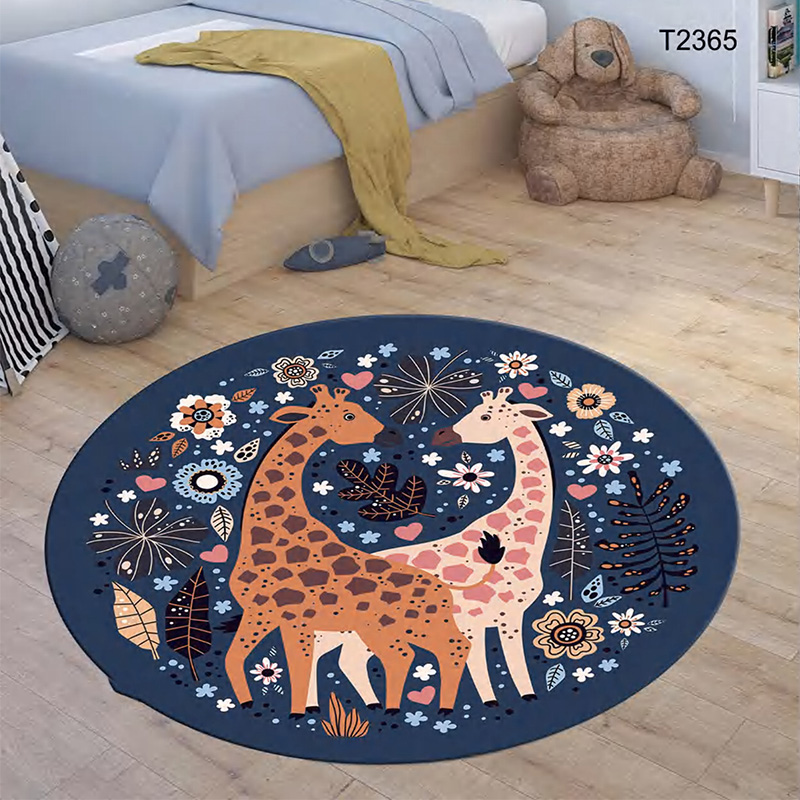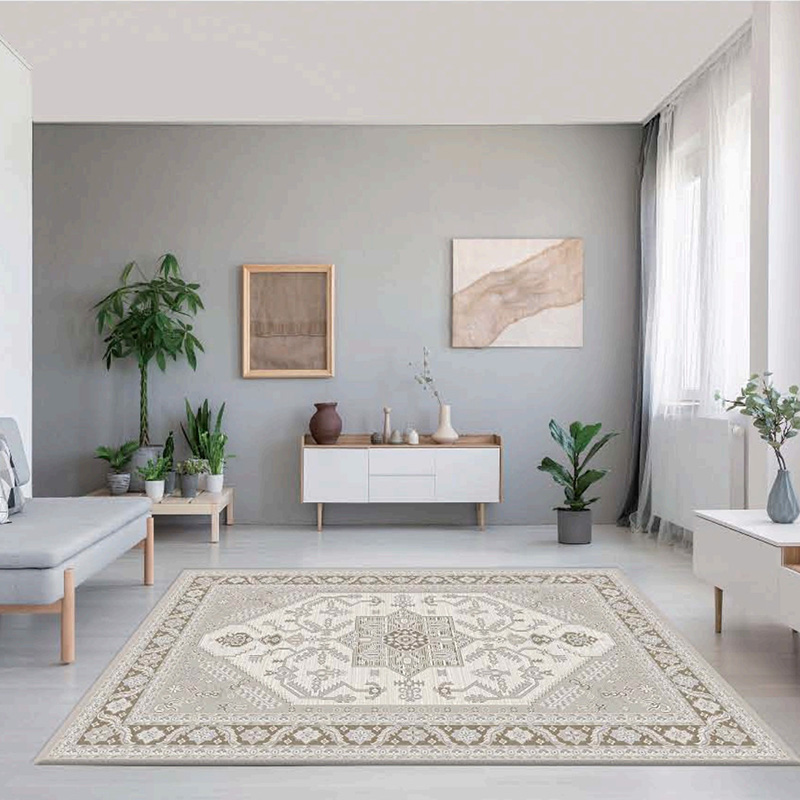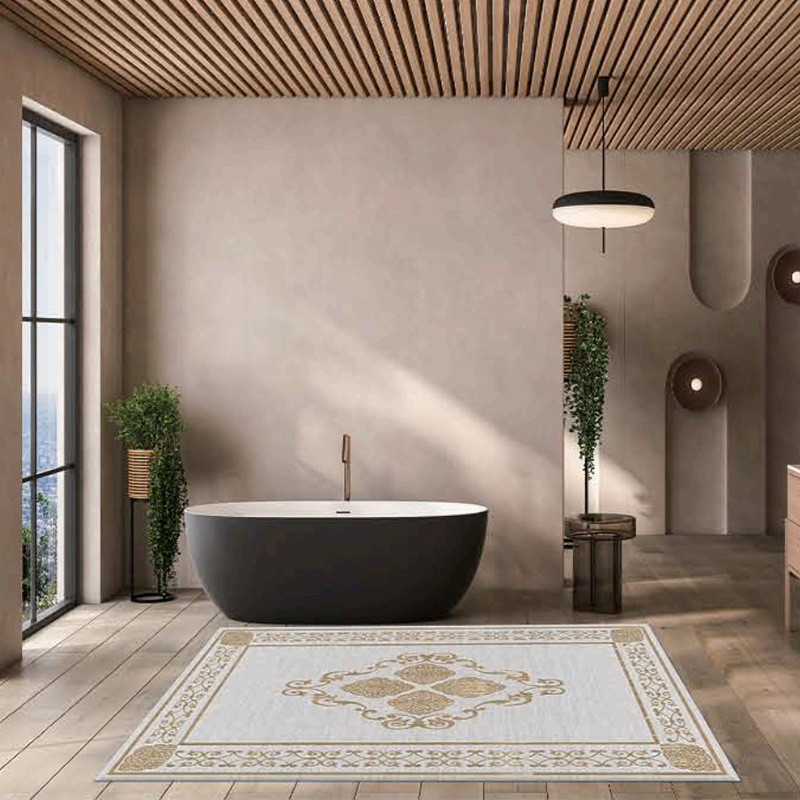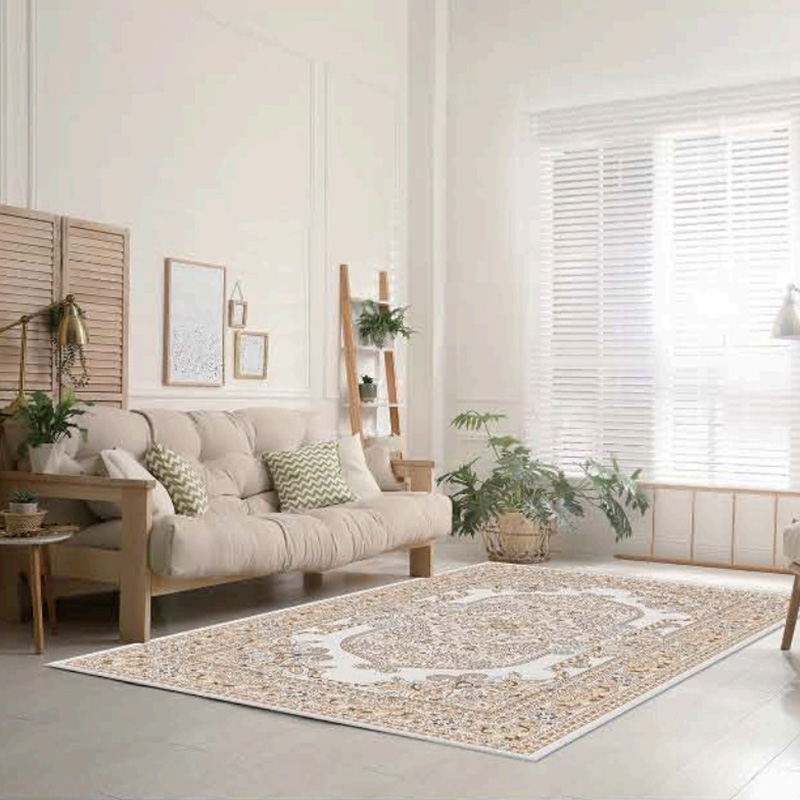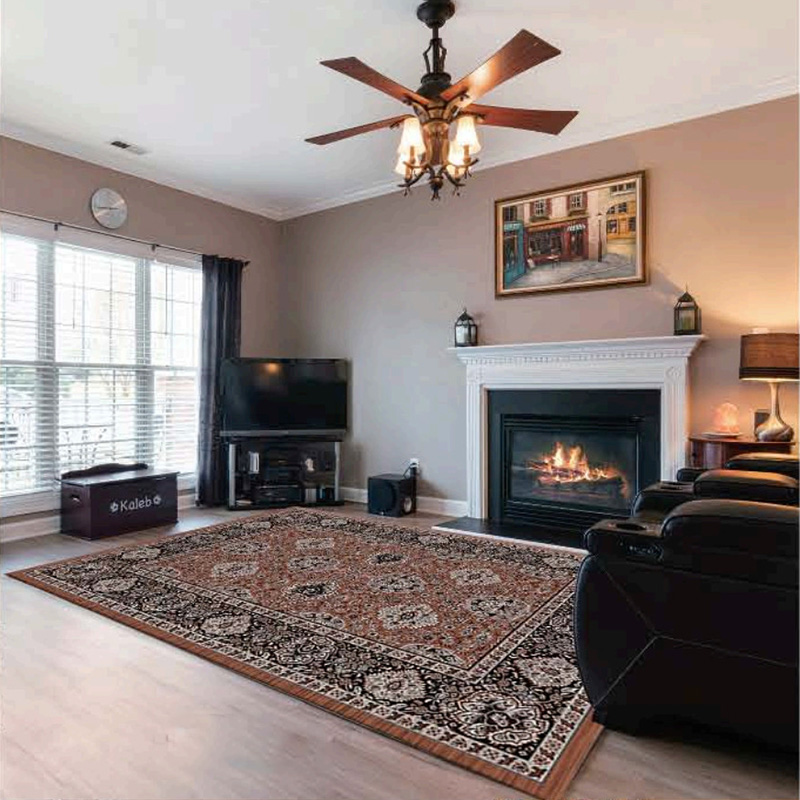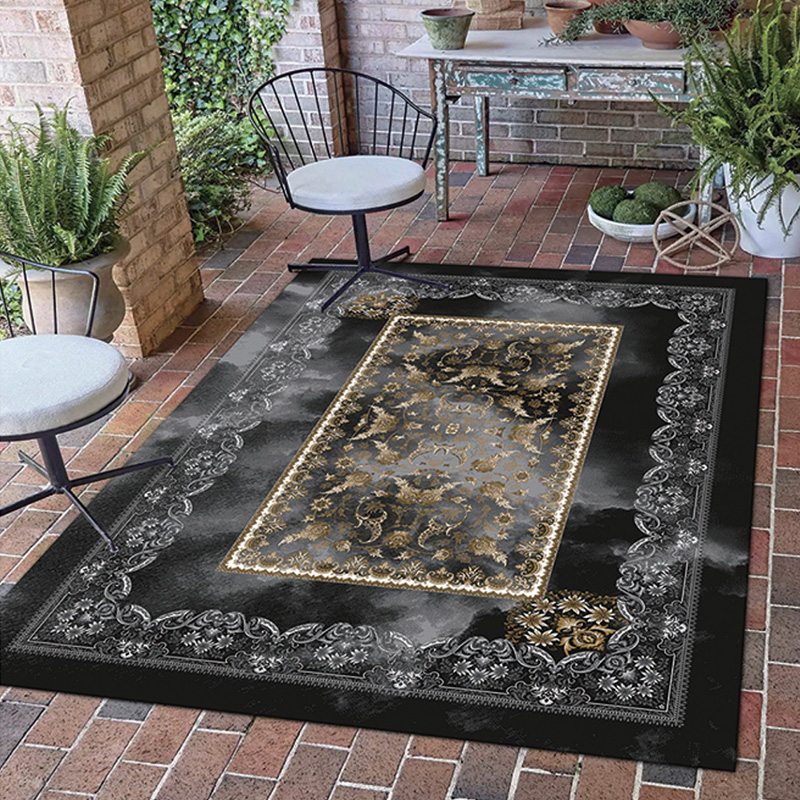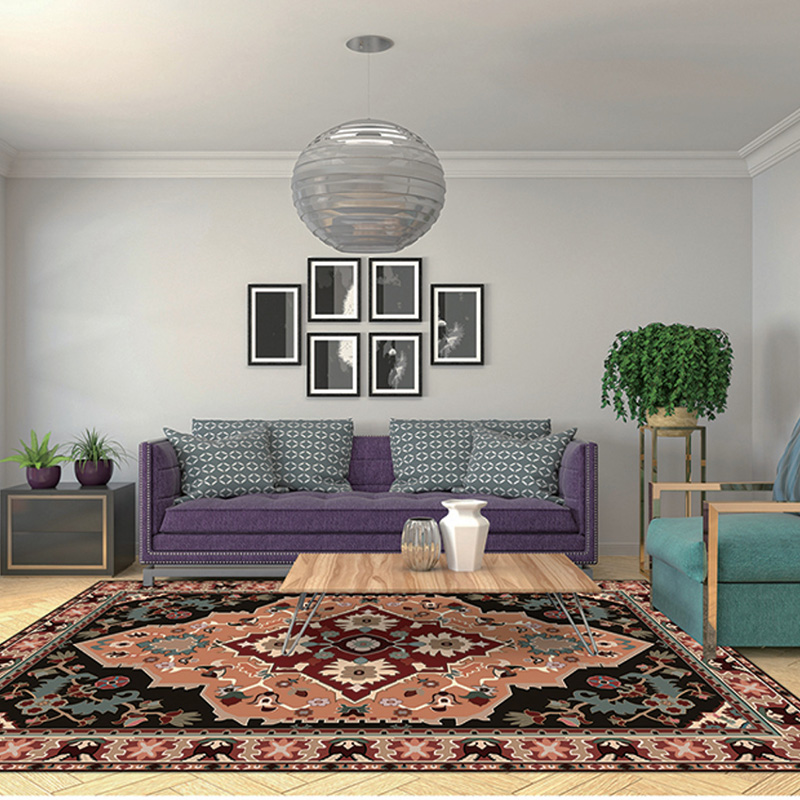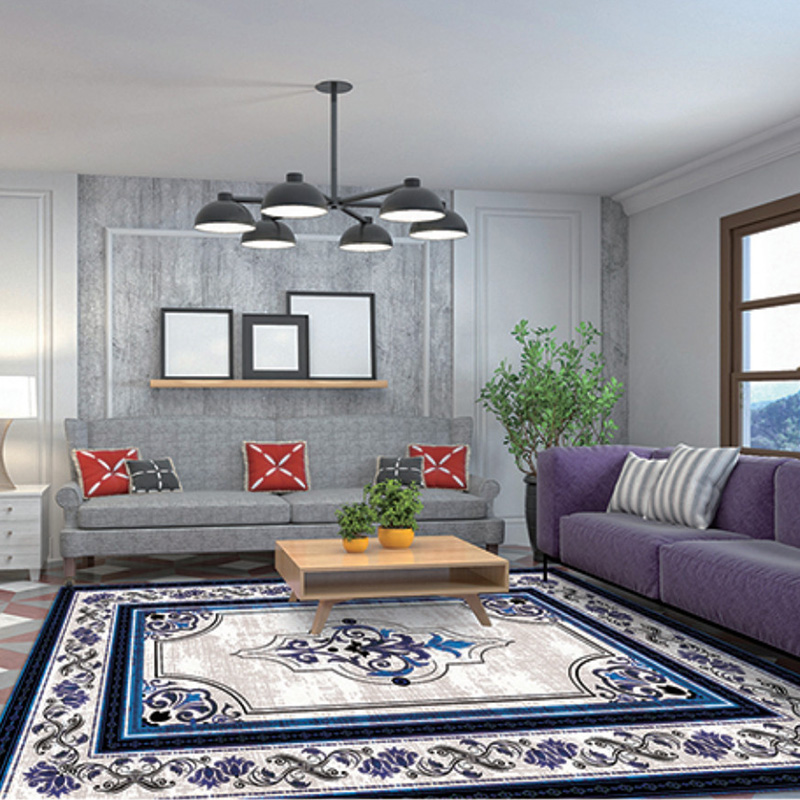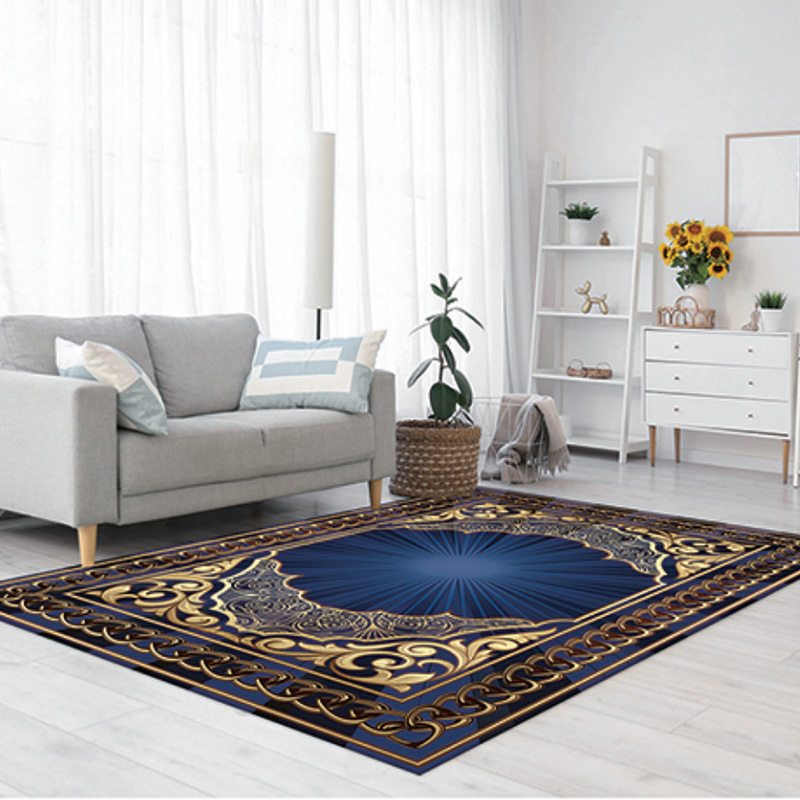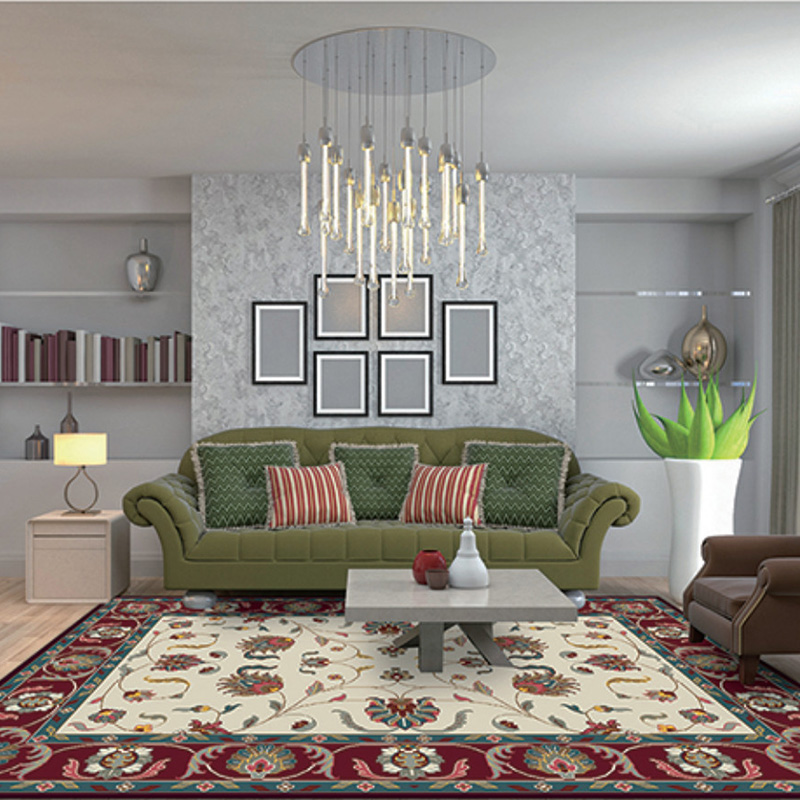In today’s evolving home environment, where functionality, safety, and creativity are paramount, Kids Rugs have emerged as one of the versatile and in-demand products in the children’s interior decor market. No longer viewed as mere decorative accessories, these rugs are becoming essential tools for play, learning, and room design in homes, schools, and childcare centers worldwide.
From interactive play rugs featuring roads and alphabets to themed designs showcasing animals, galaxies, or fantasy lands, kids rugs are serving more than just aesthetic purposes—they’re helping shape cognitive development, promote safe play, and bring comfort into children’s daily routines.
A Surge in Demand for Multi-Purpose Decor
The market for Kids Rugs has seen a significant boom in recent years, particularly accelerated by the post-pandemic focus on enhancing home-based environments. With many families creating designated learning and play zones within living rooms, bedrooms, and nurseries, rugs specifically designed for children have grown in popularity as parents seek soft, stimulating surfaces that can serve multiple purposes.
"Today’s parents are looking for more than just a cute print," says Mia Leonard, a home decor buyer for a e-commerce platform. "They want rugs that are educational, safe, durable, and easy to clean. Kids rugs are ticking all those boxes."
Retailers are expanding their kids rug selections to include activity rugs with interactive features such as color-coded games, maps, counting paths, and animal identifiers. This multifunctionality makes kids rugs a smart choice for compact homes where every piece of decor must serve more than one purpose.
Educational Value Built into Every Thread
One of the significant shifts in the Kids Rugs market is the move toward incorporating educational themes directly into the designs. Rugs now act as immersive learning tools, helping children learn numbers, letters, shapes, and geography in a playful, organic manner. For instance, alphabet rugs aid in early literacy, while world map rugs introduce basic geography.
In early childhood centers and homeschool settings, these rugs are often used as teaching aids during circle time or solo play. Some manufacturers collaborate with child psychologists and educators to ensure age-appropriate content and visual stimulation.
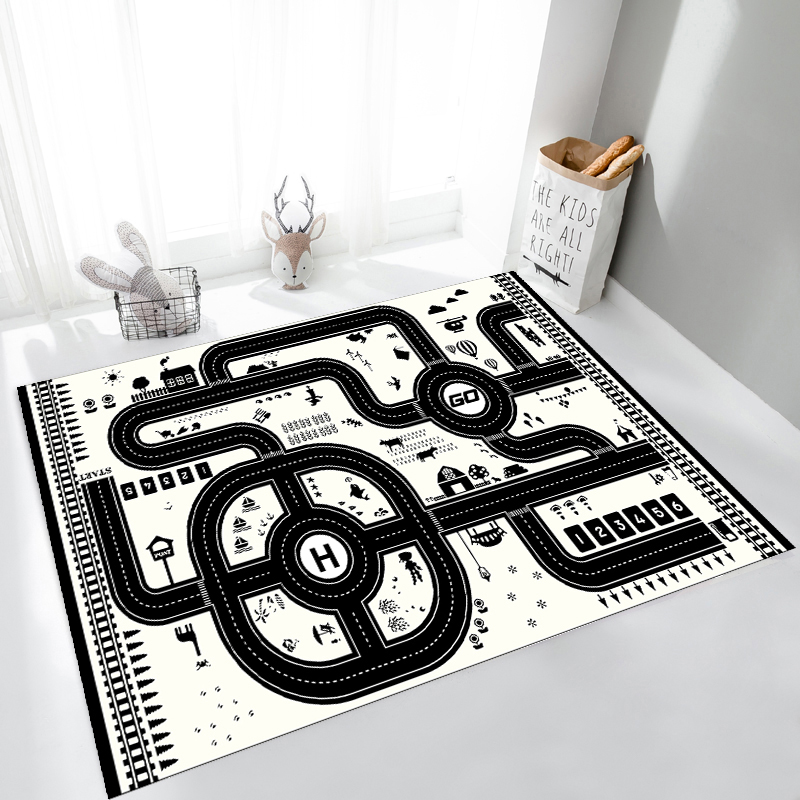
Beyond structured learning, themed rugs featuring farm scenes, outer space, or undersea adventures allow for imaginative storytelling, helping to develop narrative skills and creativity. By combining visuals with tactile engagement, kids rugs create a sensory-rich environment that promotes developmental growth.
Focus on Safety and Hygiene
With children’s health and safety top of mind for parents, manufacturers of Kids Rugs are focusing heavily on non-toxic materials, hypoallergenic fibers, and slip-resistant backings. Certifications such as OEKO-TEX® Standard 100 and CPSIA compliance are now key selling points, especially for parents of toddlers and babies who spend significant time crawling and playing on the floor.
Additionally, ease of maintenance has become a decisive factor in purchasing decisions. Many newer models of kids rugs are machine-washable or feature stain-resistant coatings to withstand the inevitable spills, art projects, and snack accidents that occur in kid-focused zones.
Antibacterial treatments and fast-drying fibers are also gaining attention in response to increased hygiene awareness following the pandemic. Some brands even offer reversible rugs, doubling their utility while extending product lifespan.
Style Meets Practicality in Modern Kids' Spaces
The aesthetics of Kids Rugs have evolved alongside wider trends in home design. While cartoon characters and bright primary colors remain popular, a growing segment of the market is moving toward rugs that align with modern interiors—think soft pastels, muted earth tones, minimalist illustrations, and Scandinavian-inspired patterns.
Design-savvy parents are looking to harmonize their children’s rooms with the overall home aesthetic, and companies are responding with collections that blend child-friendliness with contemporary design. Neutral-toned animal prints, geometric patterns, and boho-style textures are now common, appealing to both children’s sense of wonder and adults’ sense of style.
Online Retail and Customization Expand Access
The growth of e-commerce platforms has played a key role in the expansion of the Kids Rugs market. Online retailers like Amazon, Wayfair, and Etsy provide hundreds of options with customer reviews, size guides, and customization features. Parents can now select not only the design but also the exact size, shape, and even name personalization for their child’s rug.

 英语
英语 阿拉伯语
阿拉伯语 德语
德语
